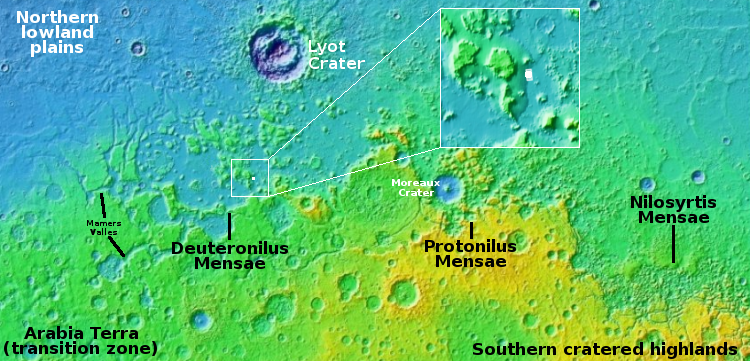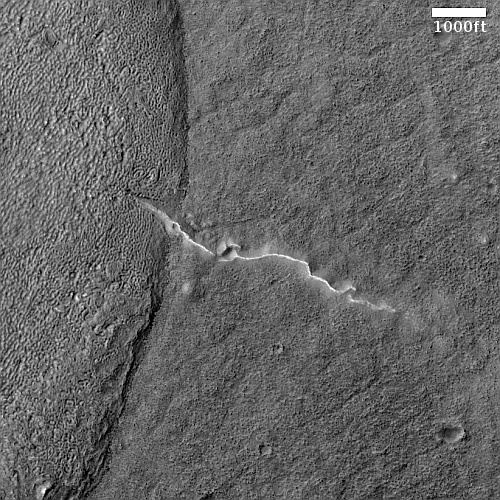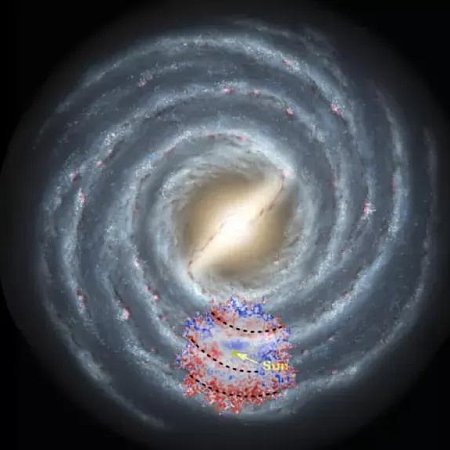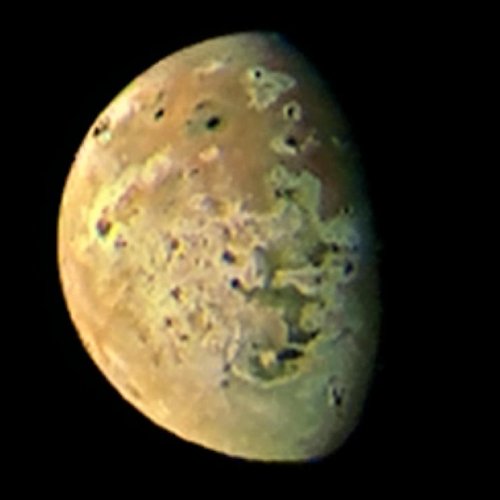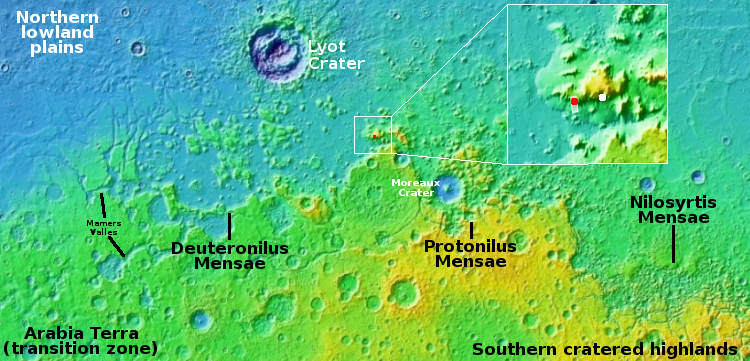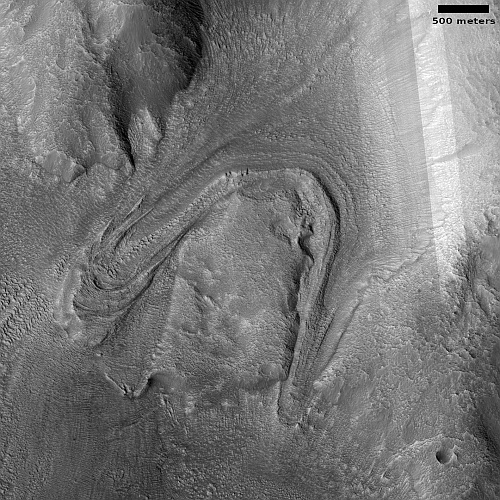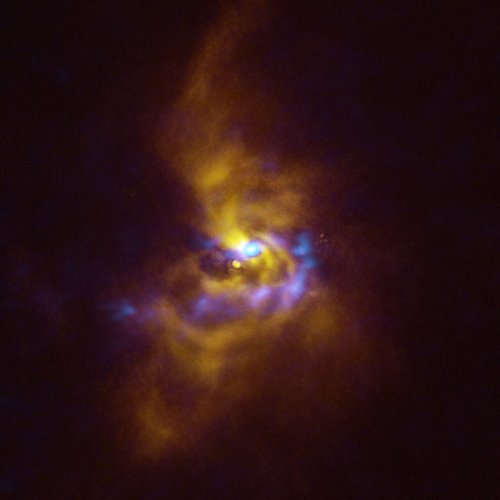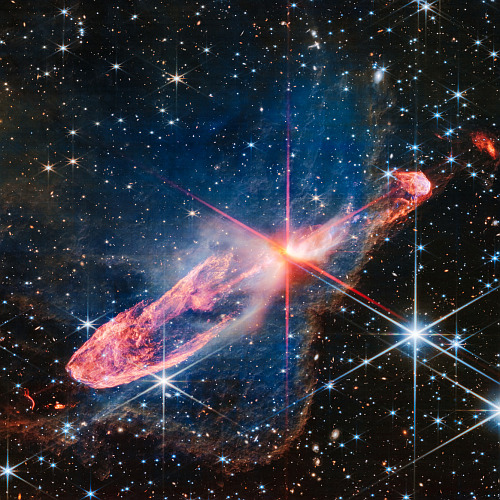SpaceX’s Falcon Heavy successfully launches the heaviest geosynchronous communications satellite ever
SpaceX tonight successfully used its Falcon Heavy rocket to place a Hughes geosynchronous communications satellite into orbit, the heaviest ever, lifting off from Cape Canaveral.
The two side boosters successfully completed their third flight, landing back at Cape Canaveral only a few seconds apart. The rocket’s two fairing halves completed their fifth and sixth flights. The center core stage was not recovered as planned.
The leaders in the 2023 launch race:
51 SpaceX
30 China
9 Russia
6 Rocket Lab
American private enterprise still leads China in successful launches 58 to 30, and the entire world combined 58 to 49, with SpaceX by itself leading the entire world (excluding American companies) 51 to 49.
SpaceX tonight successfully used its Falcon Heavy rocket to place a Hughes geosynchronous communications satellite into orbit, the heaviest ever, lifting off from Cape Canaveral.
The two side boosters successfully completed their third flight, landing back at Cape Canaveral only a few seconds apart. The rocket’s two fairing halves completed their fifth and sixth flights. The center core stage was not recovered as planned.
The leaders in the 2023 launch race:
51 SpaceX
30 China
9 Russia
6 Rocket Lab
American private enterprise still leads China in successful launches 58 to 30, and the entire world combined 58 to 49, with SpaceX by itself leading the entire world (excluding American companies) 51 to 49.




